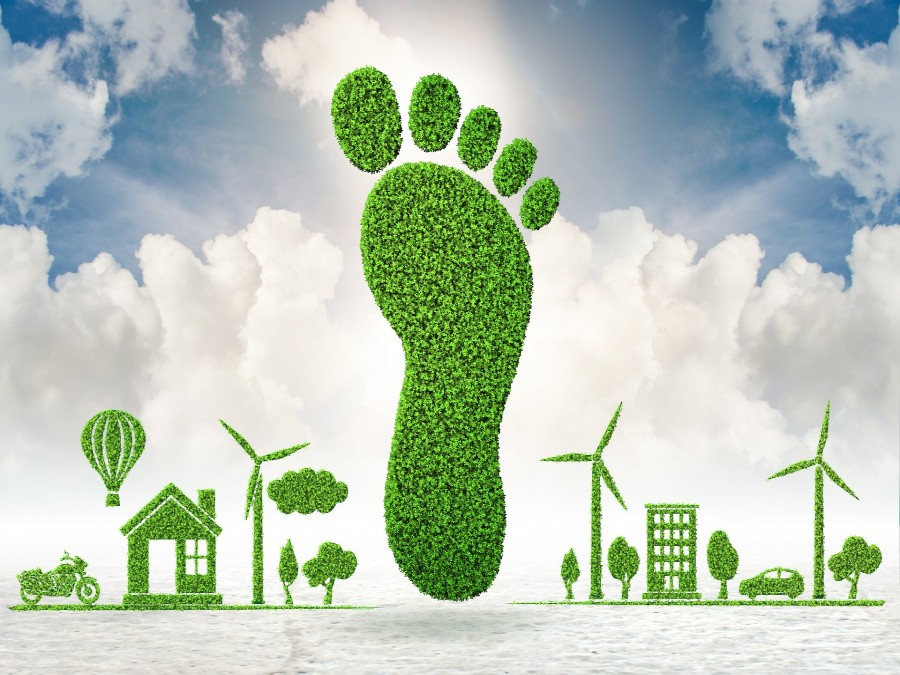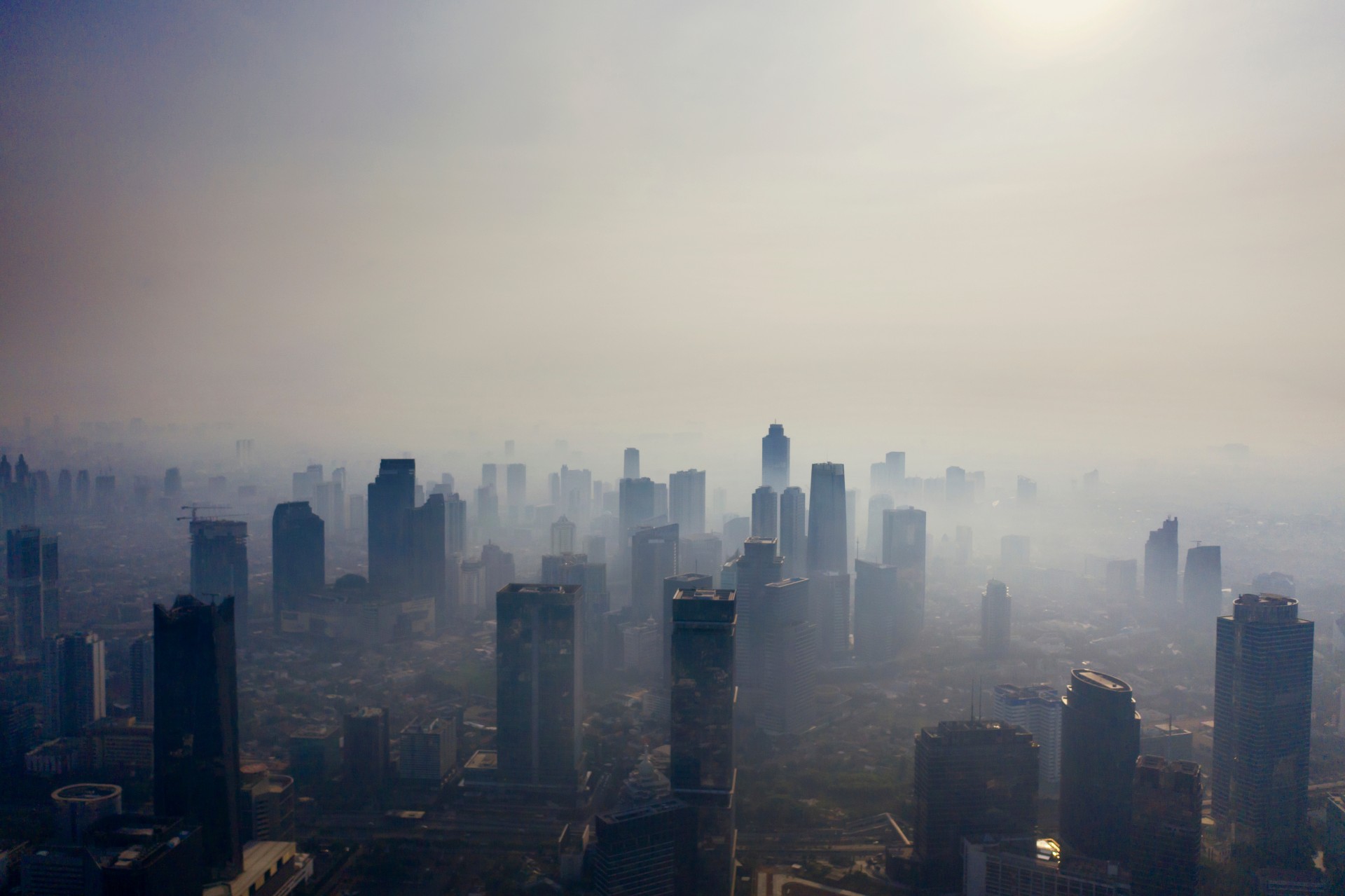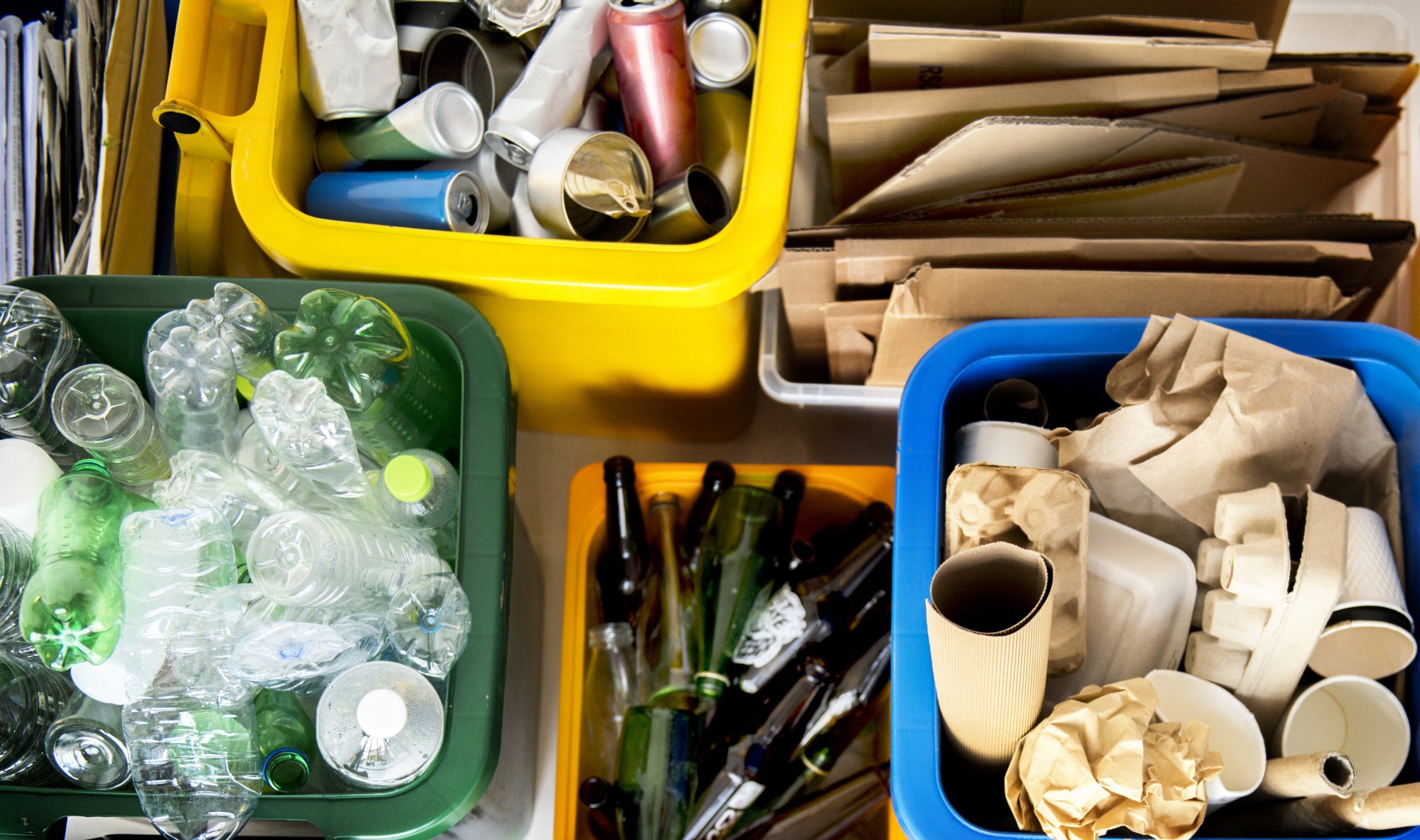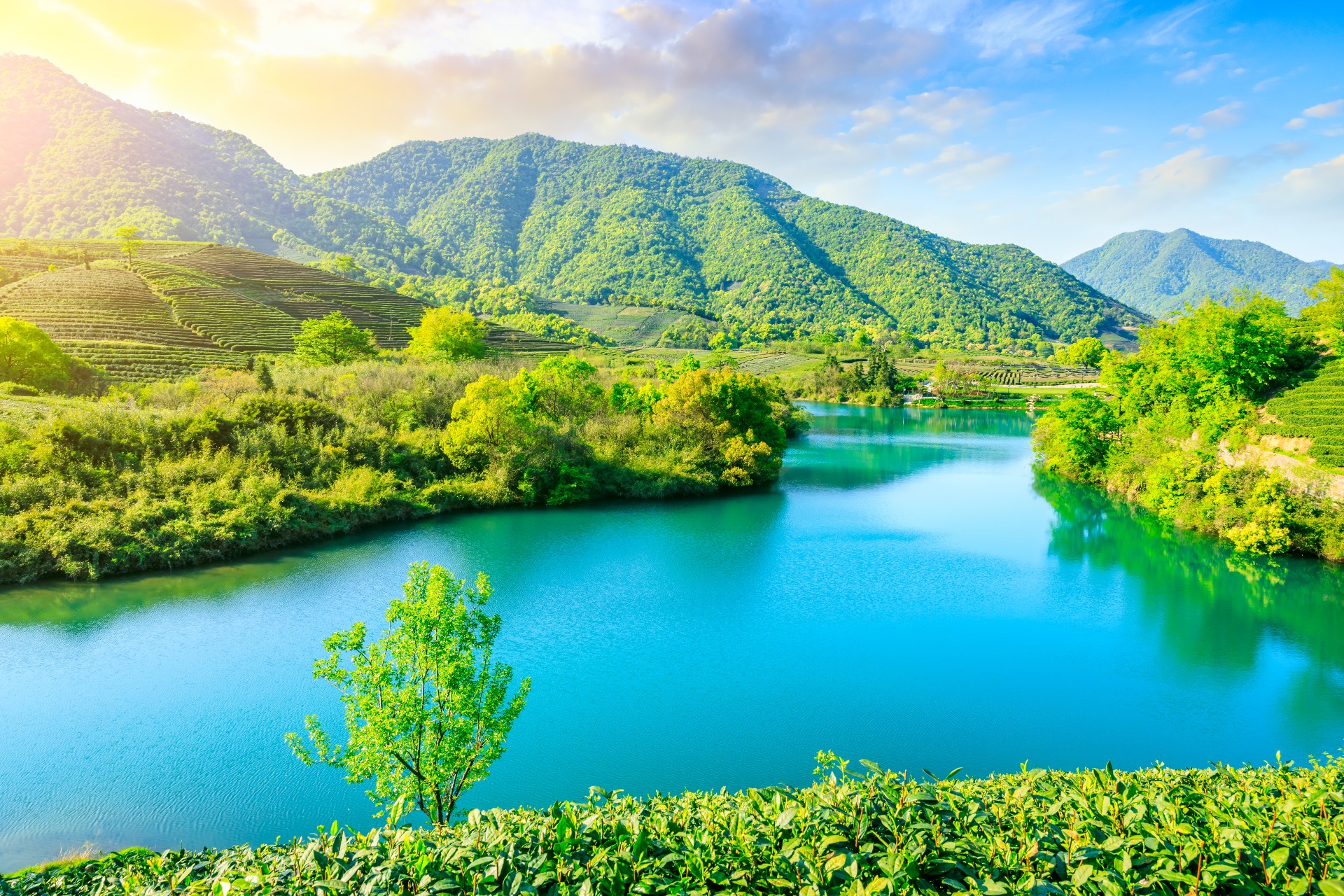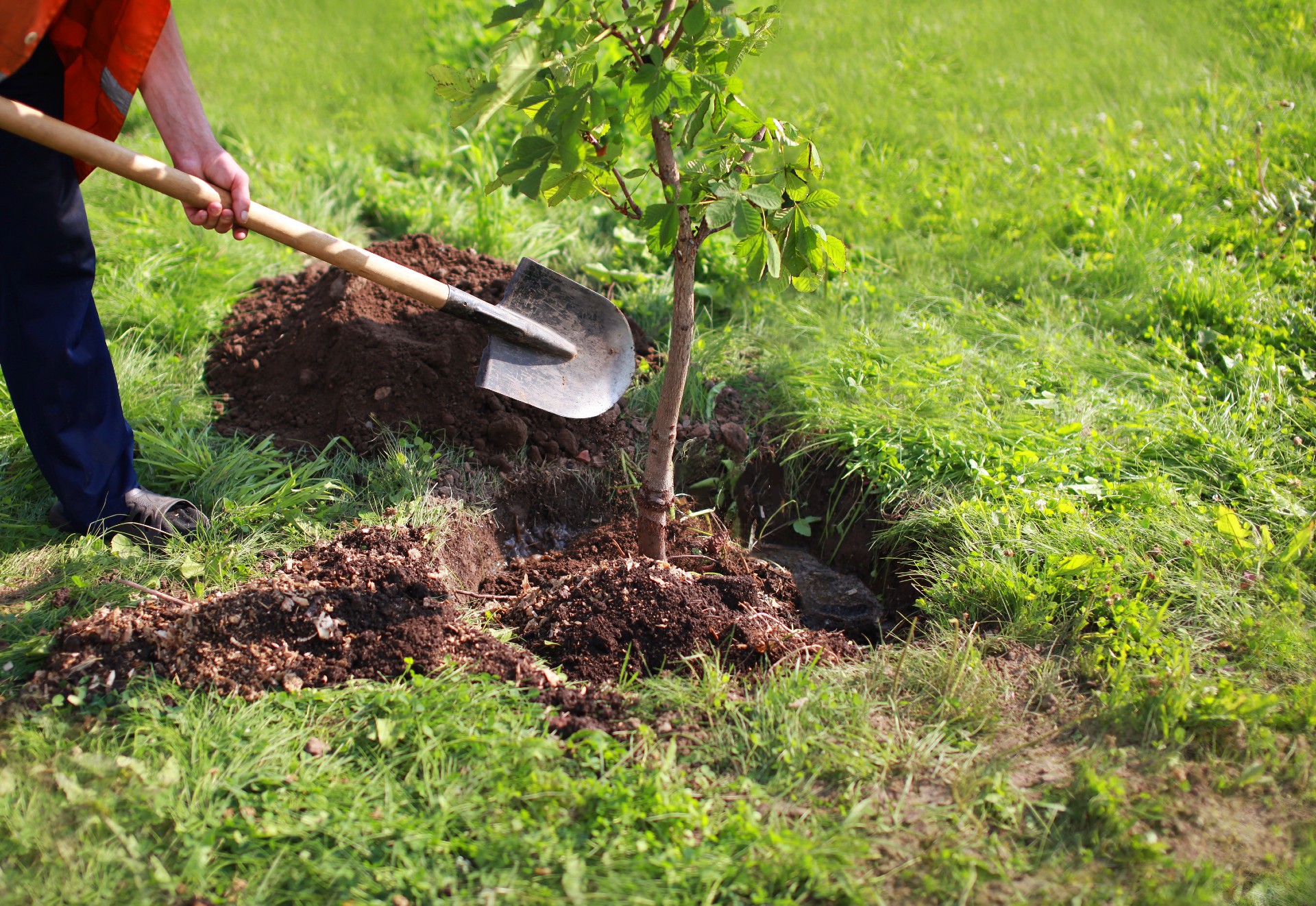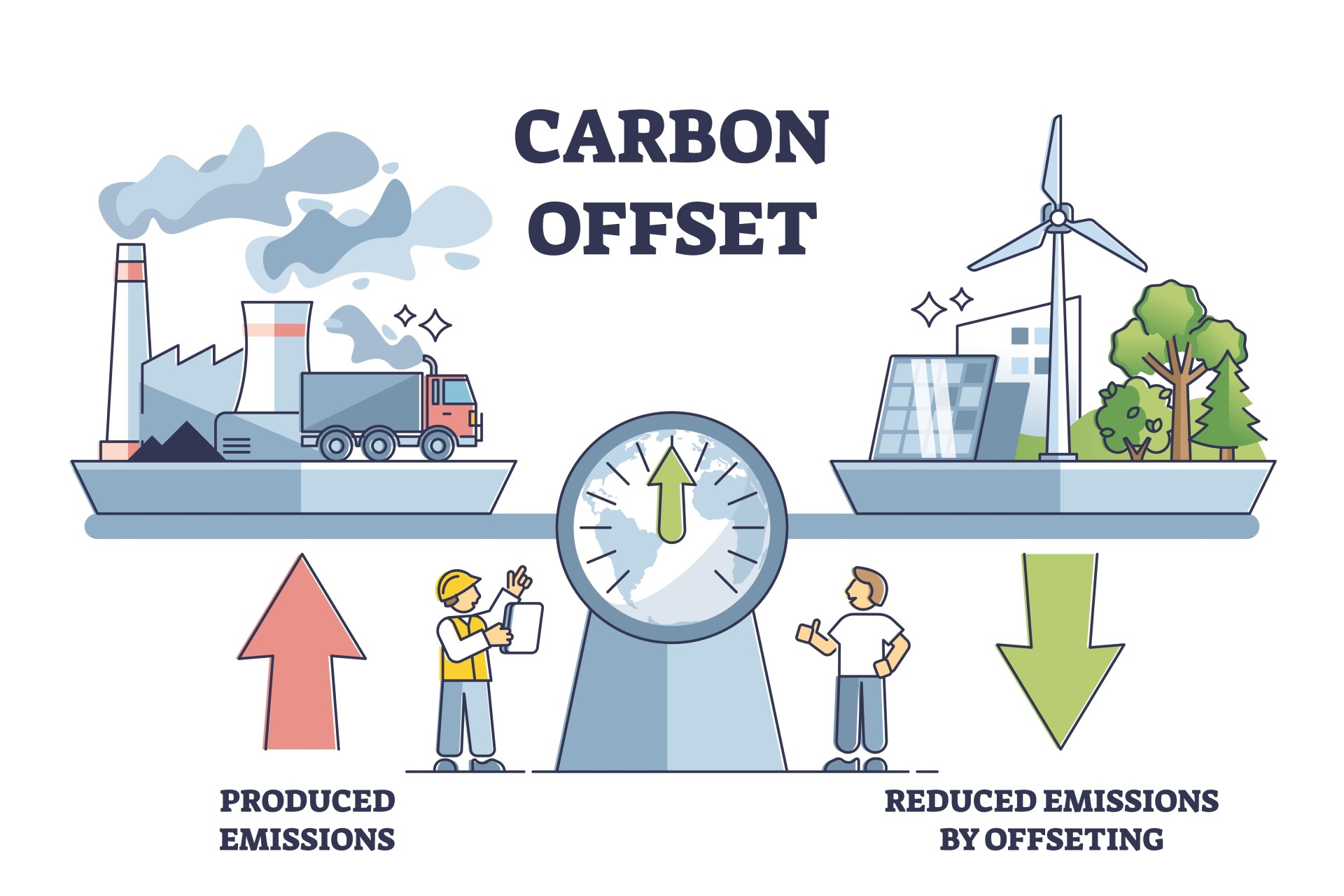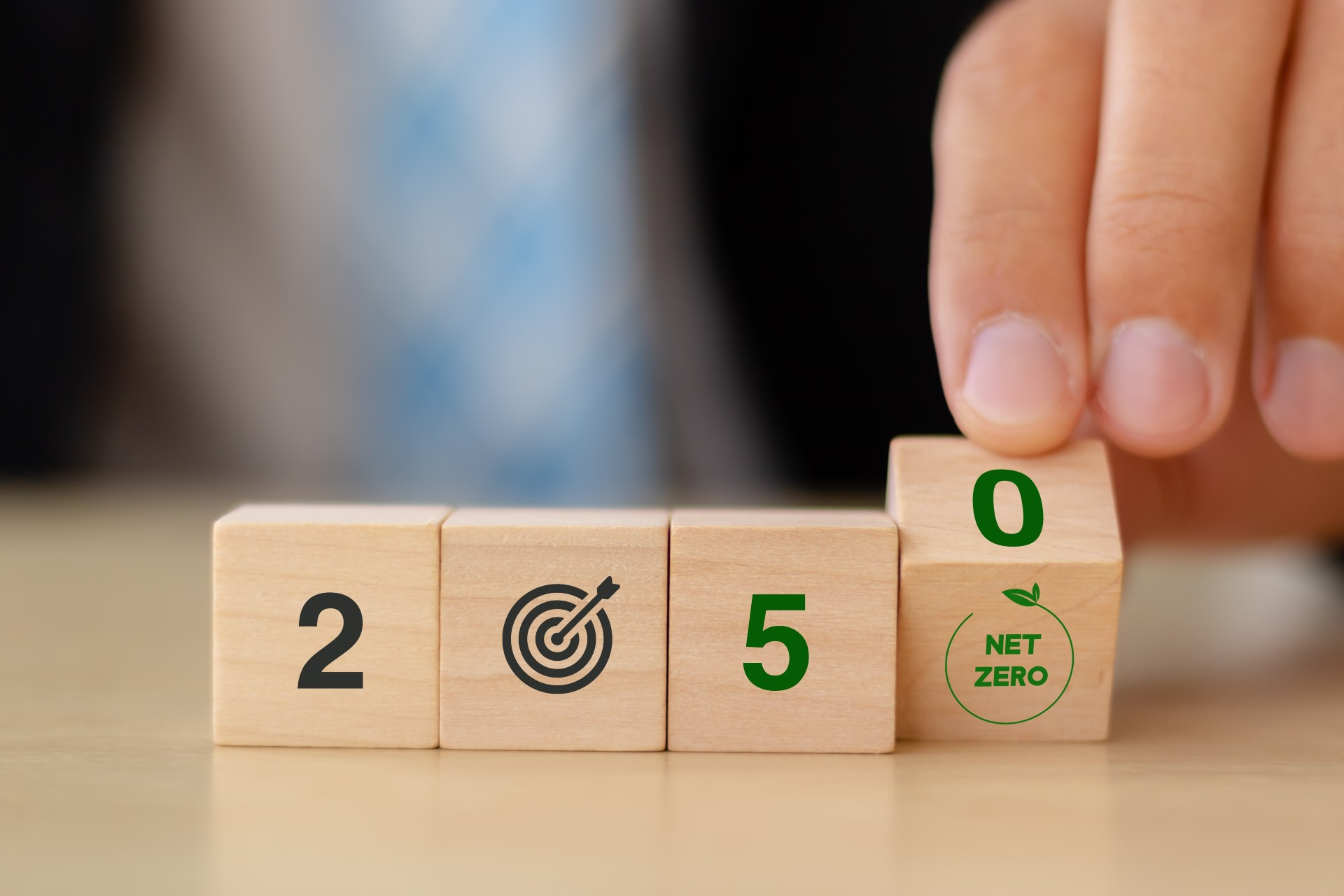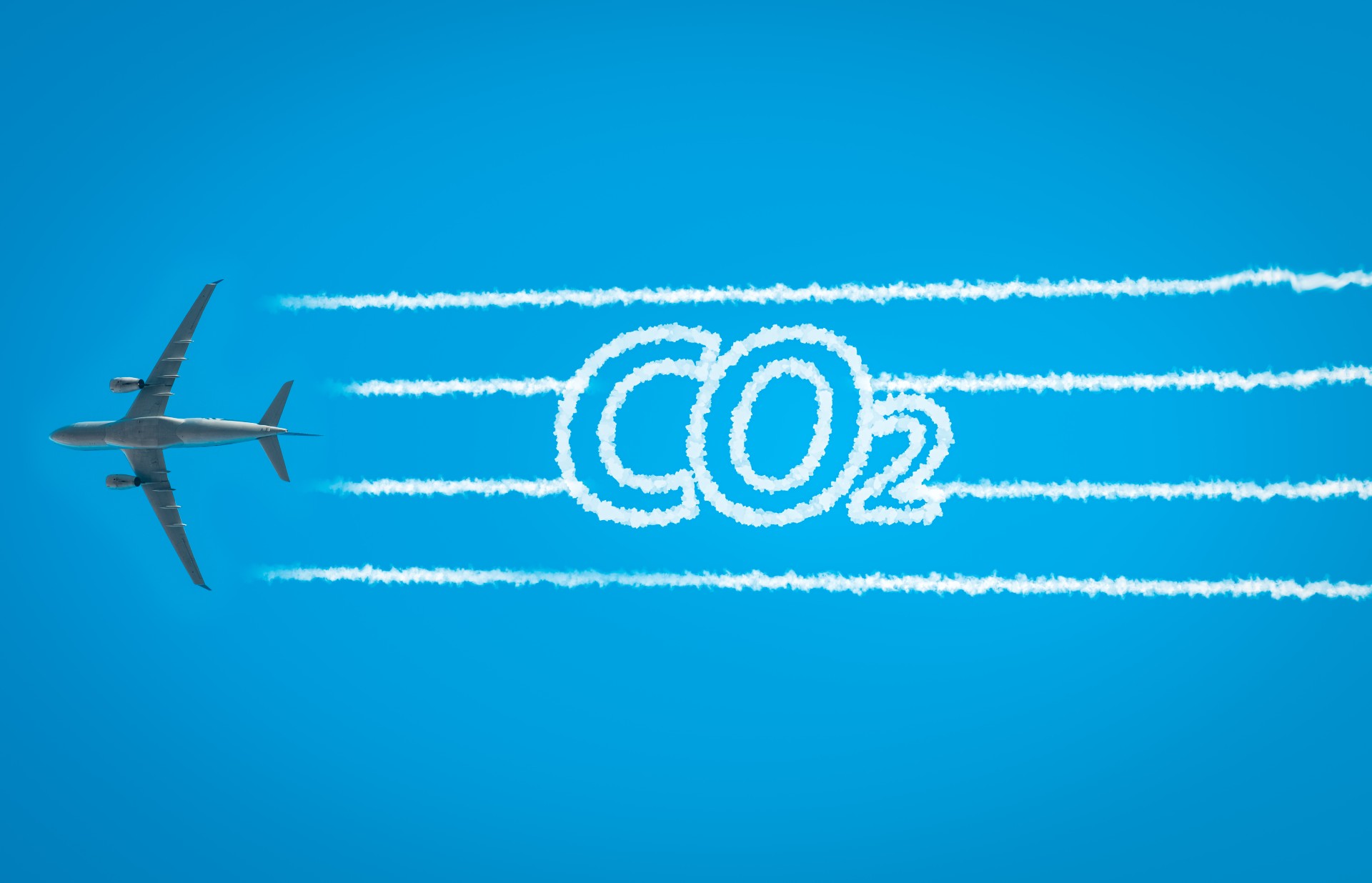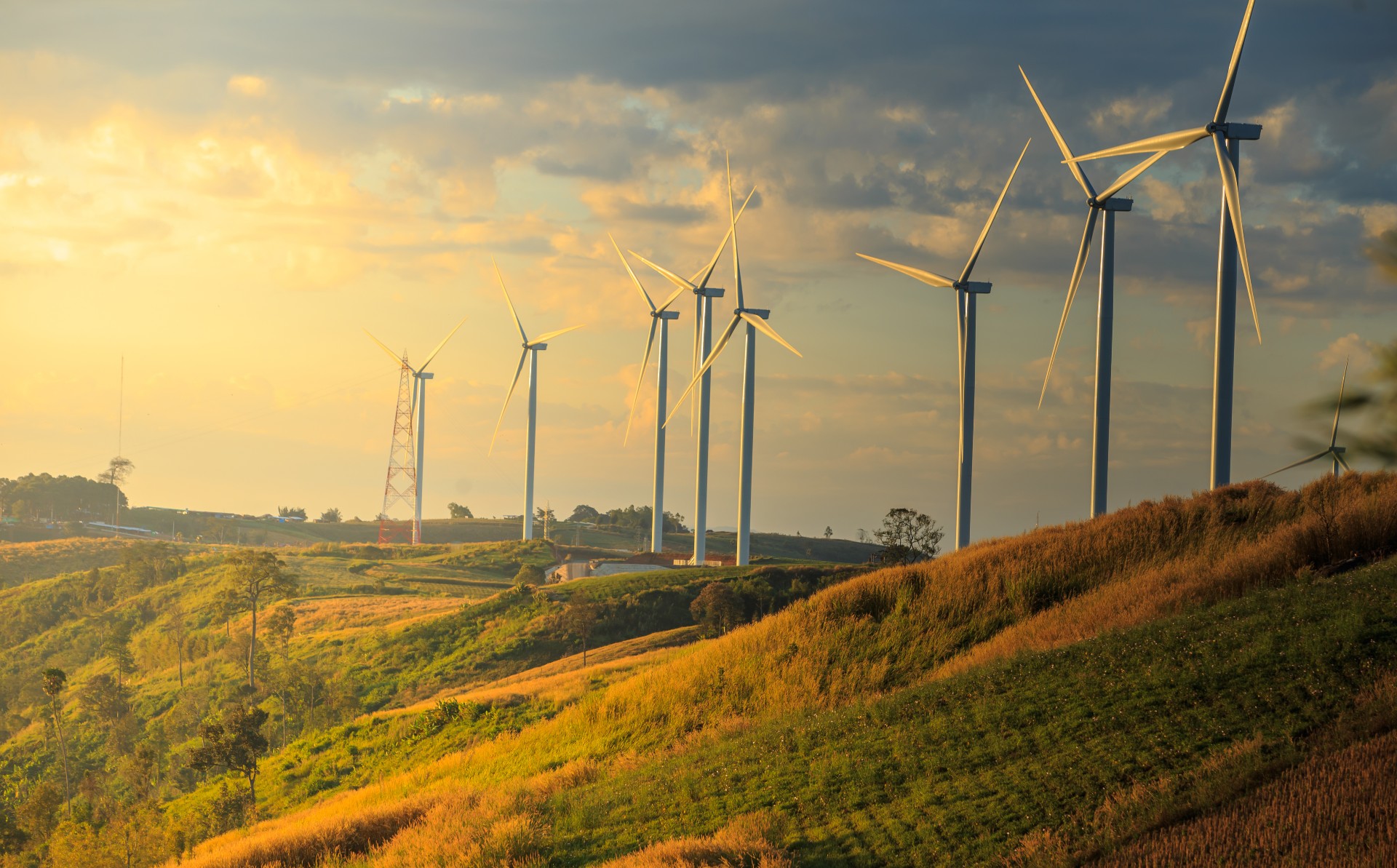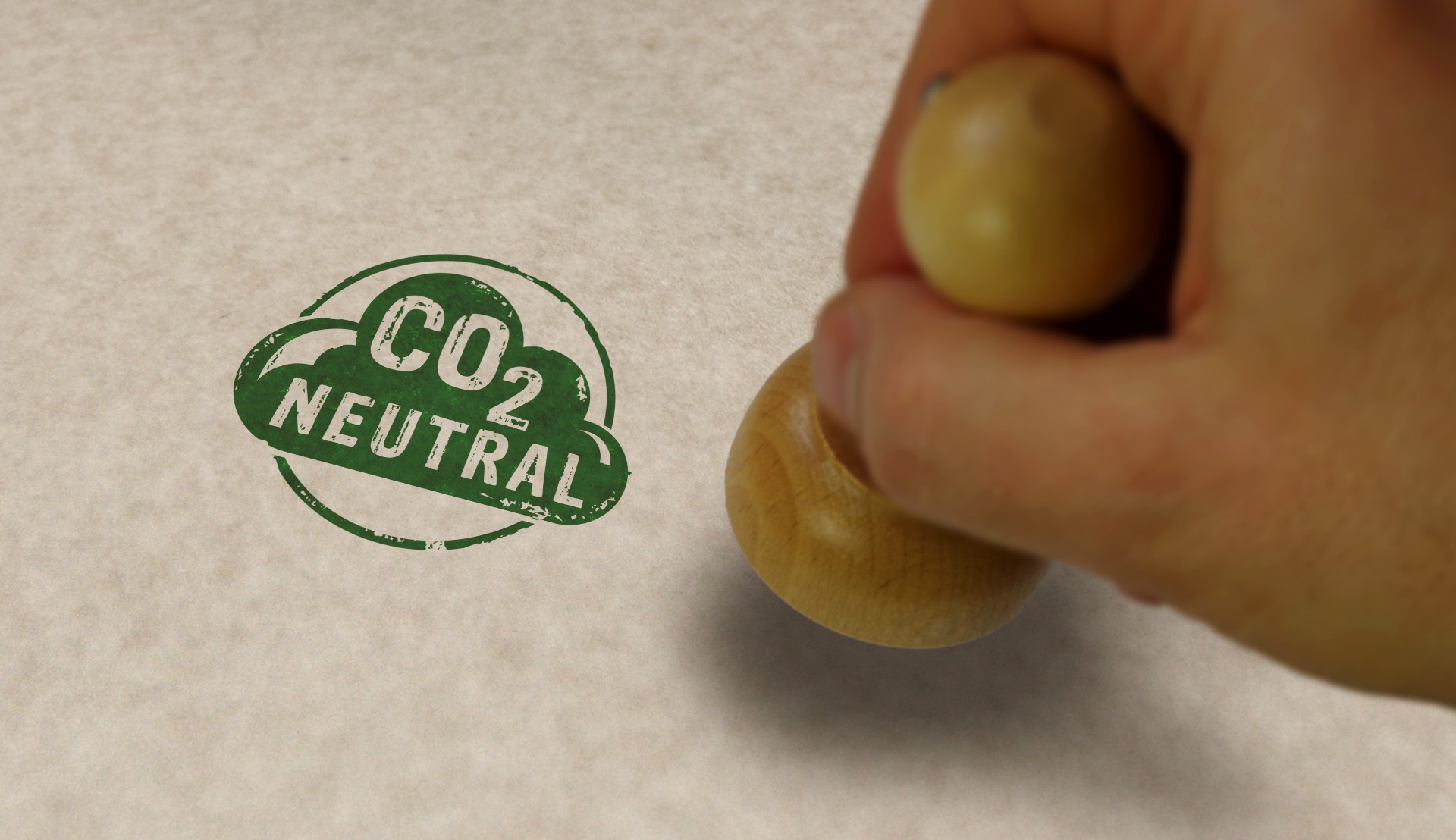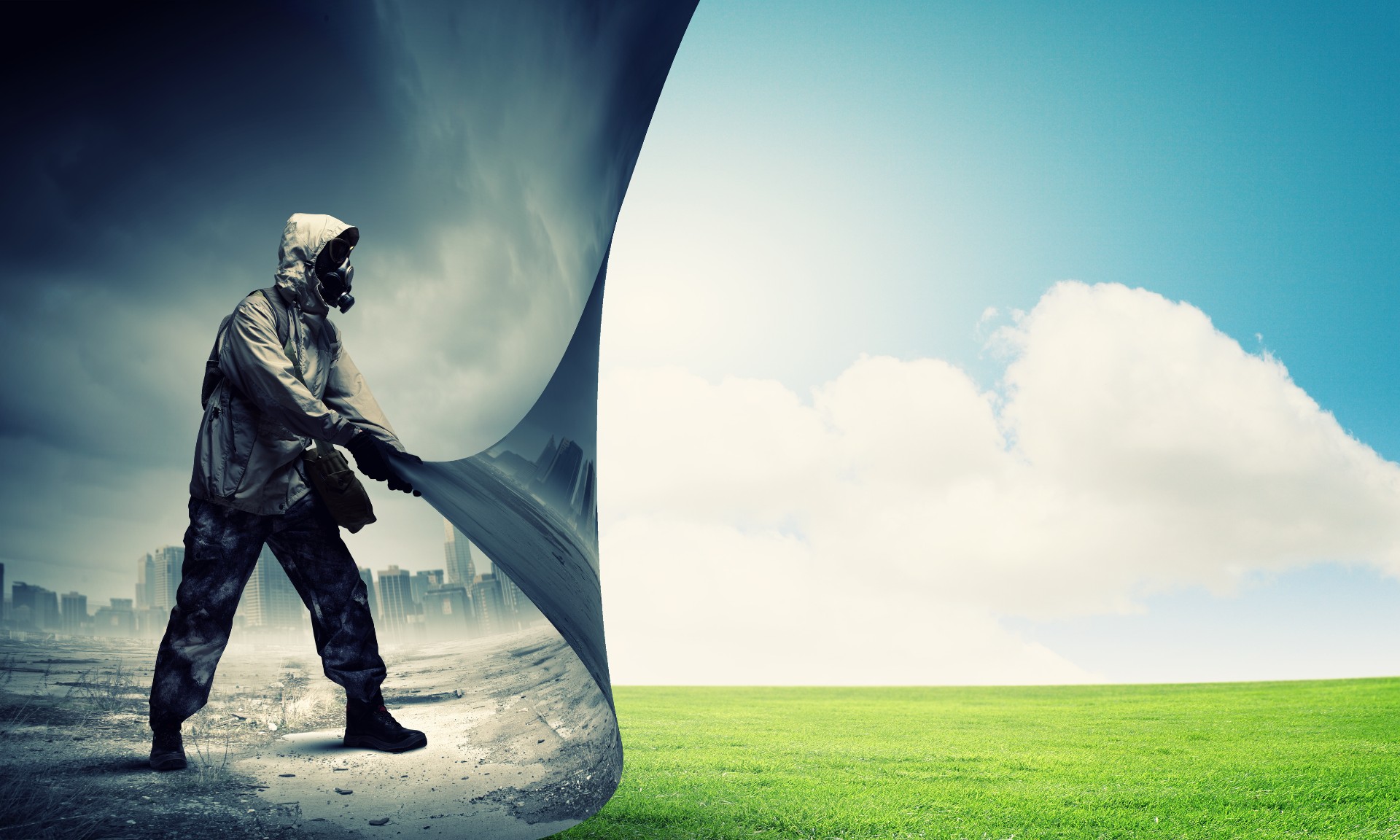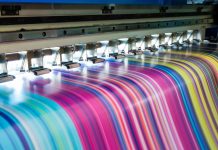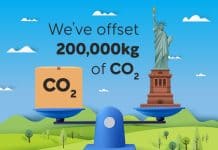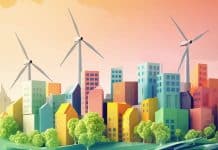Karbon dengeleme ve geri dönüşüm konularını sürekli duyuyoruz.
Kirlenmiş sisler arasında karbon dengeleme, yeşil yaşamın Everest'i olarak geri dönüşümün yerini almış gibi görünüyor.
Dengeleme, büyük işletmelerin kamuoyu nezdindeki imajlarını düzeltmeye yönelik bir yeşil yıkama planı mı?
Dahası, bir işletme ve bir müşteri olarak hangisine öncelik vermeliyiz?
Geri dönüşüm geçmişte mi kaldı?
Geri dönüşüm, aksi takdirde çöp olarak atılacak olan malzemelerden yeni ürünler yaratma yöntemidir. Hiçbir şekilde yeni bir buluş değildir.
Tarih öncesi çağlardan beri, malzeme azaldığında kırık aletler yeniden kullanılırdı.
Geri dönüşüm, modern uygarlıkta 9inci Yüzyıl Japonya'sı Ancak atıkların yeryüzündeki tüm yaşam üzerindeki zararlı etkisi şimdiye kadar tam olarak anlaşılamamıştı.
Günümüzün modern geri dönüşüm yöntemleri, bu süreci mütevazı kökenlerinden tanınmaz hale getirmiştir.
Geri dönüşüm için her zamankinden daha fazla fırsat varken, neden insan atıklarının yalnızca 9%'si geri dönüştürülüyor?
Plastikten telefona, camdan organik atığa: sorumlu bir şekilde bertaraf edilemeyecek çok az şey var.
Ancak, geri dönüşüm ihtiyacı konusundaki bu eşi benzeri görülmemiş farkındalığa rağmen, insan ırkı kendi tavsiyelerini dikkate almıyor gibi görünüyor.
Yakın zamanda yapılan bir çalışma İnsanların ürettiği tüm plastik atıkların 79%'sinin çöplüklere veya doğal çevreye karıştığını, 12%'sinin yakıldığını ve daha önce de belirtildiği gibi sadece 9%'sinin geri dönüştürüldüğünü ortaya koymuştur.
Geri dönüşüm milyonlarca ton malzemenin çöp sahalarına dökülmesini önleyebilir. Çöp sahası, sorunu halının altına süpürmekle eşdeğerdir: devasa miktarlarda çöpü gömmek ve yığmak, sorunu ortadan kaldırmadan sadece ötelemektedir.
Tersine, geri dönüşüm topluma hayal edebileceğinizden çok daha fazla şekilde fayda sağlar.
Geri dönüşüm: İyi, kötü ve çöplükler
Enerji tasarrufu, geri dönüşümün çevreye sağladığı en büyük faydadır.
Bunun nedeni, doğal kaynaklar ve hammaddeler yeni ürünlere dönüştürüldüğünde ortaya çıkan kirlilikle karşılaştırıldığında, bir ürünün yeniden kullanılmasıyla büyük miktarda enerji tasarrufu sağlanmasıdır.
Geri dönüşümün diğer faydaları şunlardır:
- Hava ve su kirliliğinin azaltılması
- Sera gazlarının azaltılması
- Doğal kaynakların korunması
- Daha geniş ormanlık arazi ve açık alan
- Daha az çöp ve daha bozulmamış doğal manzaralar ve yaban hayatı habitatları
Ancak kirlenme, geri dönüşümün en büyük dezavantajıdır.
Buna biz tüketiciler neden oluyoruz.
Aynı şekilde, bu, tersine çevirebileceğimiz bir mesele olduğu anlamına da gelmelidir.
İyi niyetli insanlar yanlışlıkla geri dönüştürülemeyen atıkları tek kullanımlık atıklarına karıştırabilir, bu da tüm bir geri dönüştürülebilir malzeme grubunun kirlenebileceği ve dolayısıyla kullanılamaz hale gelebileceği anlamına gelir.
Bizim tartıştığımız gibi Kağıt Geri Dönüşümü İçin Nihai Kılavuzkullanılmış bir paket pizza kutusu, bir haftalık kağıt ve karton geri dönüşümünüzü mahvedebilir.
Kirlenmenin çeşitli nedenleri vardır:
- Nelerin geri dönüştürülebileceği konusunda asgari eğitim
- Farklı alanların farklı şeyleri geri dönüştürebilmesi
- Tehlikeli maddelerin geri dönüşümü: iğneler, bebek bezleri ve böcek ilaçları
- Gıda ve sıvı atıkların temiz olmaması
- Geri dönüştürülmemesi gereken ürünler: plastik torbalar vb.
Ortalama olarak, Geri dönüşümün 25%'si kontamine olmuş. Dolayısıyla, geri dönüştürülen her dört üründen biri işe yaramamakta ve otomatik olarak çöp sahasına atılmaktadır.
Kirlenmiş geri dönüşüm etkileri:
- Yeniden kullanılabilecek ürünleri doğrudan çöp sahasına gönderebilir
- Kirlenmiş atıkların ayrıştırılması daha fazla zaman alır, bu da geri dönüşümü daha pahalı bir işlem haline getirir
- Kirlenme makineleri bozabilir ve hatta kırabilir, bu da tamir için daha fazla zaman gerektiği anlamına gelir ve bu da geri dönüşümü daha pahalı hale getirir
- Tehlikeli atıklar çalışanları tehlikeli çalışma koşullarına maruz bırakabilir
Ne yazık ki günümüzün geri dönüşümü, plastiğin büyük bir kısmının tatil yeri olan çöp sahasına doğru çıktığı yolculuk için kullanılan şeker kaplı bir terim haline gelmiştir.
Karbon nötr - Çitin üzerinde oturmak değil
Karbon nötrlüğü, 2006 yılında ABD'de Oxford Sözlükleri'nin en sevdiği kelime olarak ilan edilmesiyle ön plana çıkmıştır.
Karbon nötr olarak nitelendirilen ürün veya hizmetler atmosfere net CO2 salınımına neden olmaz.
Bir ürün veya hizmetin karbon nötr olarak etiketlenebilmesi için iki şeyden birini yapması gerekir:
- Üretmek için karbon gerektirmez
VEYA
- Kullanım ömrü boyunca salınan tüm karbonu ofset projelerinde dengelemek
Ağaç dikmek, rüzgar çiftlikleri kurmak ve okyanusları plastikten temizlemek yaygın dengeleme projeleri türleridir.
Karbon dengelemeyi, borcunuzu ödediğiniz bir banka gibi düşünün.
Bununla birlikte, borç yerine, ürettiğiniz karbonu başka bir yerde dengeleyerek ödüyorsunuz. Brezilya ve Nikaragua.
Karbon dengeleme, biz insanların ürettiği büyük miktarlardaki CO2'yi emecek ve atmosferimize girmesini önleyecektir.
Isınıyor
Çoğu ürün hasattan üretim hattına, hattın sonuna, yani teslimat hizmeti aracılığıyla müşteriye ulaşır.
Birçok şirket, üretimin tüm bu aşamalarını karbon nötr tutmakta zorlanmaktadır. Bu nedenle karbon dengeleme projeleri hızlı bir yükselişe geçmiştir.
Buradaki fikir, bir ürünün üretimi sonucunda salınan tüm sera gazları için, karbon dengeleme ürünleri sayesinde eşdeğer ağırlıkta CO2'nin yeniden emileceği yönündedir. İdeal olarak, bu geri emilim o ürünün kullanım ömrü içinde sağlanacaktır.
İklim değişikliğini düzeltmek, yavaşlatmak ve ortadan kaldırmak için çözümler bulmaya yönelik artan küresel baskı, hiç şüphesiz dengelemeyi daha hızlı bir şekilde ön plana çıkarmıştır.
Paris Anlaşması ve COP26'dan sonra, dünyamızın sıcaklığının +1.5°C artmasını önlemek için tüm katılımcılar tarafından karbon nötrlüğüne ulaşılması beklenmektedir.
Dünya liderleri şimdi sıcaklığın +1.5°C'ye ulaşmasını önlemek için belirlenen ulusal ve uluslararası hedefleri tutturmak için çabalıyor.
Karbon nötr liginde bunu önlemek için bazı büyük hamleler vaat edildi:
- Birleşik Krallık hükümeti, İngiltere'nin 2050 yılına kadar net sıfır olmasını planlıyor.
- Birleşik Krallık 2030'dan itibaren yeni dizel araçların üretimini ve satışını yasakladı
- BM, 2050 yılına kadar net sıfır taahhütte bulundu
BM'nin bu net sıfır taahhüdü, araştırmaların küresel emisyonların 68%'sinin en fazla sera gazı yayan on ülkeden kaynaklandığını gösterdiği bir dönemde geldi.
Şaşırtıcı bir şekilde, toplam küresel emisyonların 46%'si sadece üç yerden kaynaklanmaktadır:
- Çin
- Amerika Birleşik Devletleri
- Avrupa Birliği
Ancak bazı şirketler işleri kendi hesaplarına göre yürütüyor.
Apple, karbon nötr bir temelde yönetildiğini iddia ediyor. Apple, 2030 yılına kadar sattığı her cihazın iklim üzerinde net sıfır etkiye sahip olmasını istiyor.
Google, karbon dengeleme yöntemini kullanarak halihazırda net sıfır iklim etkisine sahip olduğunu iddia etmektedir.
Barışı dengelemek
Karbon dengeleme Greenpeace tarafından kurumsal yeşil yıkama olarak nitelendirilmiştir.
BP ve Shell gibi fosil yakıt yakıcılarının yanı sıra Heathrow gibi havalimanlarının ve EasyJet gibi havayolu şirketlerinin denkleştirmeyi özden ziyade bir PR çalışması olarak kullandıklarını iddia ediyorlar.
Fahiş emisyonlarını ve çevre üzerindeki etkilerini azaltmadan, dengeleme çabaları iklim değişikliğiyle mücadelede daha az güce sahip olacaktır.
Projeler büyük ölçüde gelişmekte olan ülkelerde yer almaktadır.
Daha az şanslı toplumlarda ofset projeleri gerçekleştirmenin, ilgili herkes için çok sayıda faydası vardır.
Dengeleme projeleri yerel topluluklara istihdam sağlayarak ekonomiyi iyileştirir. Temiz içme suyuna erişim gibi hayati kaynakları iyileştirirler.
Ayrıca yerel altyapıları genişletir ve biyoçeşitliliği korurlar.
Rüzgar çiftlikleri, Brezilya'da desteklediğimiz gibiher yıl yüz milyonlarca CO2'yi dengelemektedir. Ayrıca geniş alanlara enerji sağlanmasına yardımcı olurlar ve yerel toplumdan daha fazlasını desteklerler.
Solopress'in ofset çalışmaları
Solopress olarak, bir yıldan biraz daha uzun bir süre içinde 100.000 kg CO2 dengeleme hedefimizi henüz aştık. Bu hedefe, desteklediğimiz üç ayrı karbon dengeleme projesinde ClimatePartner ile birlikte çalışarak ulaştık.
Ürünlerimizi satın alma konusunda desteğiniz olmadan bunu başaramazdık. Solopress Green serisi.
Sadece yeşil kutu işaretleyicileri olmadığımızı kanıtlamaktan gurur duyuyoruz. El İlanlarından Kartvizitlere ve Kartpostallara kadar tüm ürünler karbon nötr bir vaatle tedarik edilir, üretilir ve teslim edilir.
Tüm operasyonumuz TotalEnergies Gas ile olan ortaklığımız sayesinde 100% yenilenebilir elektrikle çalışıyor.
Hem karbon kullanımını azaltarak hem de ürettiklerini dengeleyerek tamamen karbon nötr bir teslimat hizmeti sağlayabilirler.
Mavi ışıklar ve bangır bangır sirenler
Geri dönüşüm, okyanuslarımıza ve yeşil yaşam alanlarımıza verdiğimiz zararı sınırlayabilmemizin önemli bir yoludur.
Atıklarımızı azaltmak, bu çeşitli ortamların korunmasına yardımcı olmanın yanı sıra karbonu tam potansiyelleriyle emmelerini sağlayacaktır.
Karbon dengeleme, emisyonlarımızda küresel bir azalmanın yanı sıra iklim değişikliğini hafifletmenin yoludur.
Küresel sıcaklık artışını önlemek için zaman çok önemlidir, bu nedenle burada ya hep ya hiç yoktur.
Mavi ışıklar yanarken ve sirenler çalarken her iki sorunu da çözmemiz gerekiyor.
Dengeleme, iklim değişikliği üzerindeki etkimizi düzeltmek için olumlu bir adımdır, ancak zararlı davranışlarımızı azaltmak, Dünya'nın görmek istediği tek uzun vadeli cevaptır.

